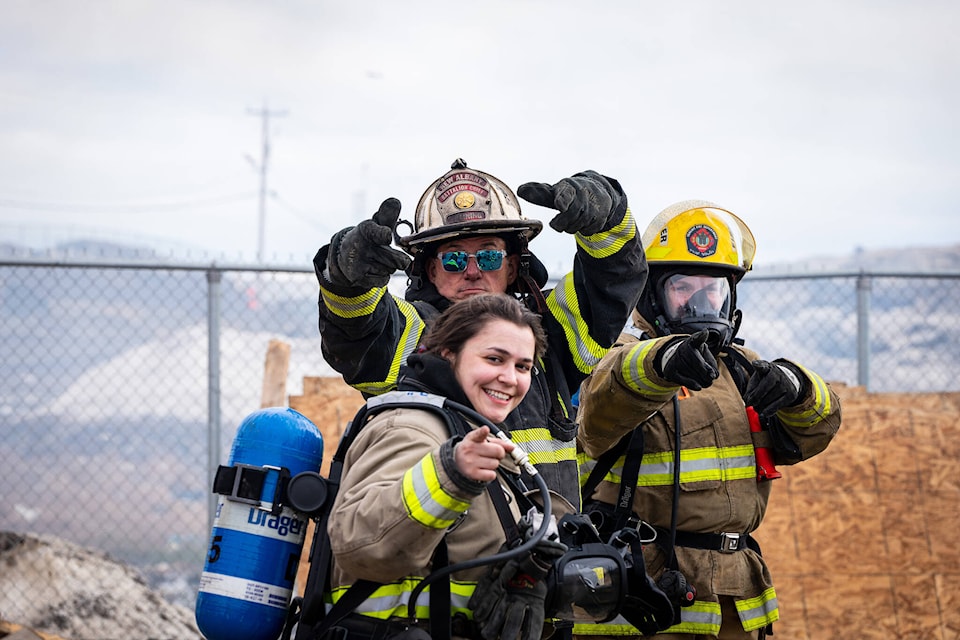The City of Iqaluit Fire Department is better prepared to keep the community safe thanks to an expansive new training space and some recent instruction from international experts.
The department took control of its new training grounds in the West 40 area on June 6, according to city Fire Chief Stephen McGean. It vacated its previous training grounds nearer to the airport so the municipality could use the land for the new waste transfer facility, but the timing was fortuitous, as space was beginning to come a concern.
“We were outgrowing where we were anyway, so it was a good opportunity for both us and the city,” McGean said.
The new training space includes a range of tools and facilities designed to help firefighters prepare for scenarios they might encounter in the field.
One of the more notable features is a three-storey structure that can be “pumped full of smoke” and is used to practice search techniques, downed firefighter rescues and more. Other features include a search building that is laid out like a typical Iqaluit home, a “flashover simulator” that demonstrates how smoke behaves in various circumstances, and even tools that help firefighters practice moving hoses around — “everything from your kitchen table to your couch,” said McGean.
“It’s the opportune spot for us to be able to do live burns,” he said. “We have more than enough space to set up our training towers, our burn buildings and anything else we need.”
Less than a week after the department settled into the new training grounds, staff received a five-day visit from battalion Chief Jake Barnes of the New Albany, Indiana, fire department.
Barnes first visited Iqaluit last year to teach an International Society of Fire Service Instructors (ISFSI) course about training with live burns. The 10 staff that attended his seminar enjoyed it so much that McGean invited him back again this year.
Barnes returned to Iqaluit with his colleague Capt. Gilbert Pedroza from the Glendale, California, fire department. The pair taught 12 local staff about downed firefighter drills and also shared knowledge about fire behaviour and fire-building that will allow them to train for a greater variety of situations.
“They teach quite a bit together throughout the states, so we got them both up here and they passed on some epic training for the staff,” McGean said. “The staff all loved it.”
Both Barnes and Pedroza both “fell in love” with Iqaluit, according to the city’s fire chief, though neither was particularly enthusiastic about the cooler weather.
McGean believes the kind of training the Americans offered is crucial to his department’s success, and says that past training efforts are already bearing fruit in active fire situations.
“Training is paramount for us,” he said. “You can see the results of our training in some of the last structure fires that we’ve had here in the community. We’re attacking fires very quickly and aggressively, and we’re keeping them to one room or at least to one unit. We’re no longer losing full structures, which is huge when we have a housing crisis in the community.
“That speaks to the training of the staff here, 100 per cent.”
